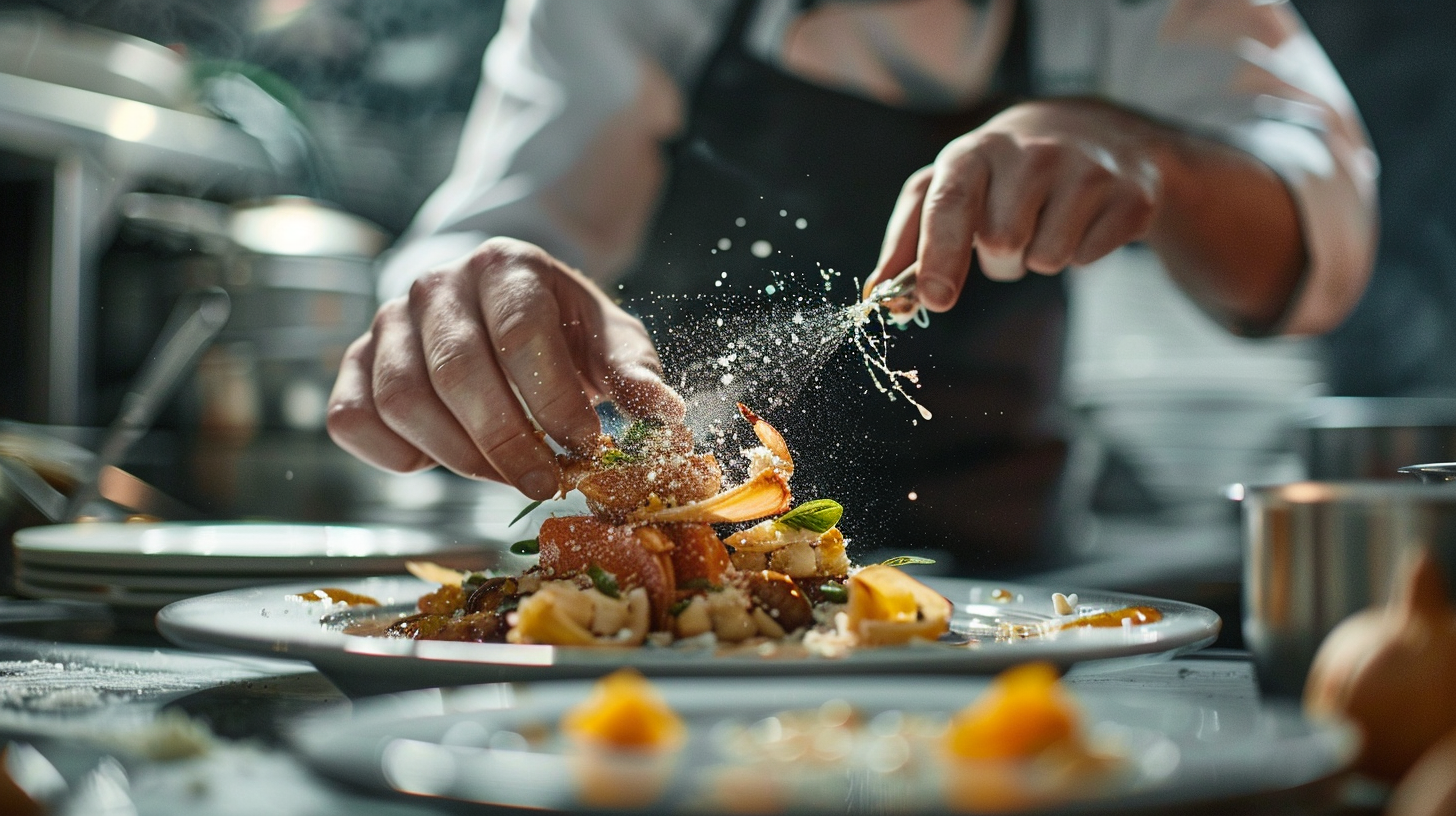Contents
What is Commercial Food Photography?
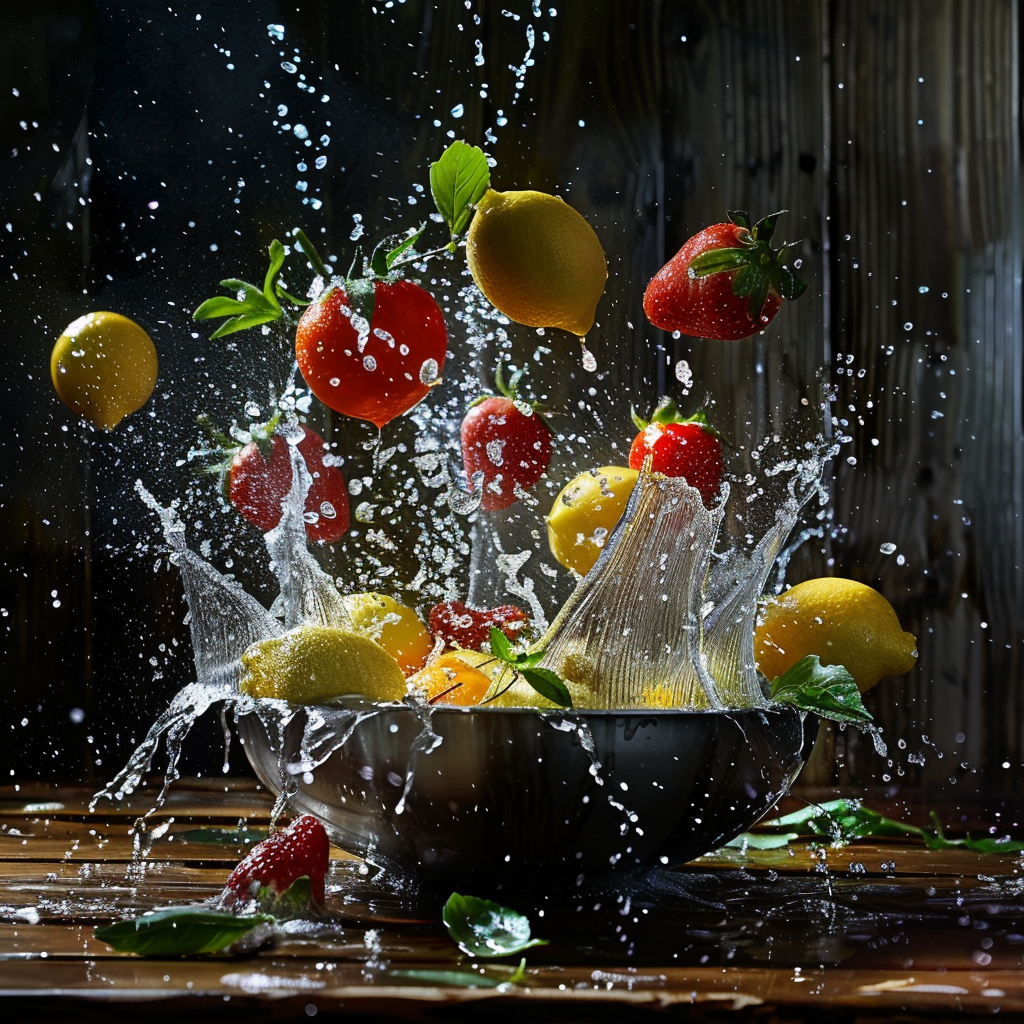
Commercial food photography is all about taking great pictures of food to help sell a product or service. It’s a wide field that covers everything from photos for magazine ads to lively pics for Instagram, and sometimes even panoramic images for internet ads. Photographers in this line of work need to do more than snap photos—they have to keep up with what’s popular, make the food look mouth-watering, and usually team up with food stylists and chefs to get that awesome photo.
Why Photos Matter in Selling Food

We often decide what to eat with our eyes first. In marketing and sales, an amazing picture can sell the taste, top-notch quality, and attractiveness before a single word is read, sparking curiosity and purchases. Ads and menus use these pictures as the stars, getting customers to feel like they’re about to taste and enjoy the food. They’re super important for a brand’s image, especially in the tough food market. This influence stretches over print, TV, and online, hitting every place a customer could see the brand.
Knowing What The Client Wants
Understanding a client’s goals is key to any commercial photography work, especially with food. It means taking photos that fit with the brand’s message and sales targets. You start by figuring out exactly what’s needed: Is it for an ad, to show off something new, or for a post on social media? Once you have that sorted, it guides the whole project.
Creating The Concept and Planning It Out
Building a concept is where you start making a great visual story. You put your ideas down and draw up a story plan. That’s where you get creative, sketching out how the photo shoot will happen. While you’re planning, remember each photo should hint at how the dish tastes or feels or its background.
Must-Have Gear for Food Photography Pros
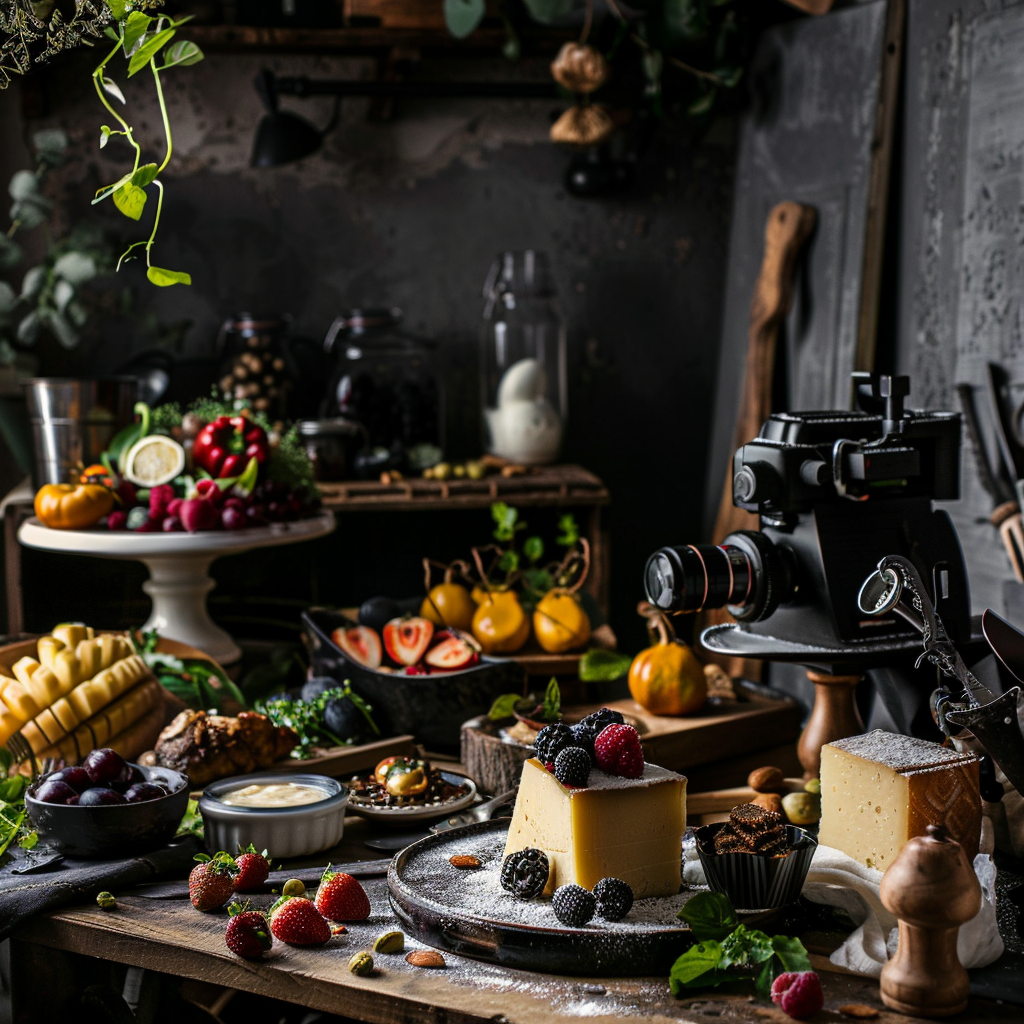
Choosing a top-notch camera and the right lens is key to snapping sharp images of food that show off every scrumptious detail. A DSLR or mirrorless camera is best for their advanced options and ability to adjust settings manually. For lenses, a versatile 50mm prime lens is a good pick since it sees things similarly to how we do. Don’t forget a macro lens for taking up-close shots that capture the nitty-gritty textures of food.
Lights and Modifiers to Make Your Food Look Tasty
Lighting can make or break your food snaps. It changes how the colors, contrast, and textures look, making food more tempting. Blend natural sunlight with tools like softboxes or umbrella lights for soft and balanced lighting. And use tools like reflectors, diffusers, and flags to play with light and shadow, bringing out the best in your food shots.
Props and Styling to Set the Scene
Staging an appealing food image is more than just the edible bits; props and styling tools are vital too. Gather up things like silverware, plates, napkins, etc., that vibe with what you’re shooting. Tweezers, cotton swabs, and brushes are must-haves for tiny adjustments to get everything looking spot-on. Clamps and stands are also handy to help you fix props in place during your shoot.
Camera Settings and Shooting Techniques
To nail those crystal-clear and well-lit photos, know your camera settings well. A tripod keeps things steady, preventing blurry pics. Stick with a low ISO—think 100 to 400—to avoid grainy photos. A higher f-stop like f/8 gets more of your dish in focus with a nice touch of background blur. Manual focus lets you decide what’s crisp in your shot. To get exposure right, learn to read your cam’s histogram so you don’t blow out highlights or shadows. Also, shoot in Raw for maximum data, really handy when editing later on.
Pro Lighting Tricks
Smart lighting choices can take a food photo from okay to wow! Natural light is a fav among pros for its soft and real touch on grub. But when there’s no sun or not enough of it, fake light takes center stage. Use softboxes and reflectors to soften and redirect light for that just-right shadow and highlight. Knowing how different lights affect food color helps keep everything looking natural. Also, backlighting gives food depth and makes it pop a bit more against the backdrop. Changing angles and light strength adds exciting contrasts to emphasize your dish’s best features.
Edit Like a Pro
The magic touch in post-processing turns good shots into great finished images. Be buddies with editing programs like Photoshop or Lightroom; they’re pretty standard in this line of work. Fixing white balance after the fact means nailing true food hues. Play with color edits and saturation levels for eye-catching photos that have a vibe of their own. Subtle sharpening adds clarity without screaming “edited!” And sometimes, you’ll need to clean up little messes on the plate for that pristine commercial look. Remember to save big file sizes for print and smaller ones for web stuff so they load quick without sacrificing clarity.
Stepping into commercial food photography is downright thrilling. You meld yummy cooking with picture-snapping artistry to serve up a visual feast for all sorts of clients. For those aiming to stand out in this niche, it boils down to illustrating foods in an insanely tasty manner while adapting your skills for business needs.
Crafting a Portfolio for Commercial Clients
Your first step into commercial food photography means putting together an impressive portfolio. Show off your creative chops alongside a grasp of what tickles the commercial world’s fancy:
- Show Diversity: Include different types of food pics, various environments, and multiple styles.
- Reflect Brand Identity: Add photos that capture what a brand’s about, matching their marketing vibe.
- High-Quality Images: Only bring out your most stunning work featuring killer focus, lighting, and composition.
Get Noticed With Smart Marketing
Finding work takes more than raw skill—you’ve got to market yourself smartly too. Here are ways to spread the word:
- Networking: Connect with restaurant folks, food brands, and ad agencies.
- Social Media Presence: Flaunt your work on Instagram and chat with followers.
- SEO for Your Website: Optimize your online showcase to hit the top spots in search results making it super easy for clients to find ya.
Pricing and Contract Talk for Commercial Gigs
Talking money means being straightforward and sure of yourself Here’s how:
- Research Market Rates: Know what other photogs charge so you can set fair prices.
- Detailed Quotations: Offer clear quotes that lay out all costs so everyone’s on the same page.
- Negotiation Skills: Chat terms with poise but stick to what you’re worth.
Watch out for typos—they can look bad—so go over contracts twice before sending them Here’s where you fine-tune those deals while keeping everyone happy In short, shooting drool-worthy photos plus savvy biz dealings equals success in commercial food photography Shine by creating an awesome portfolio hitting marketing with gusto, and handling moolah talks with grace.
Setting Up the Shoot: Concept to Execution
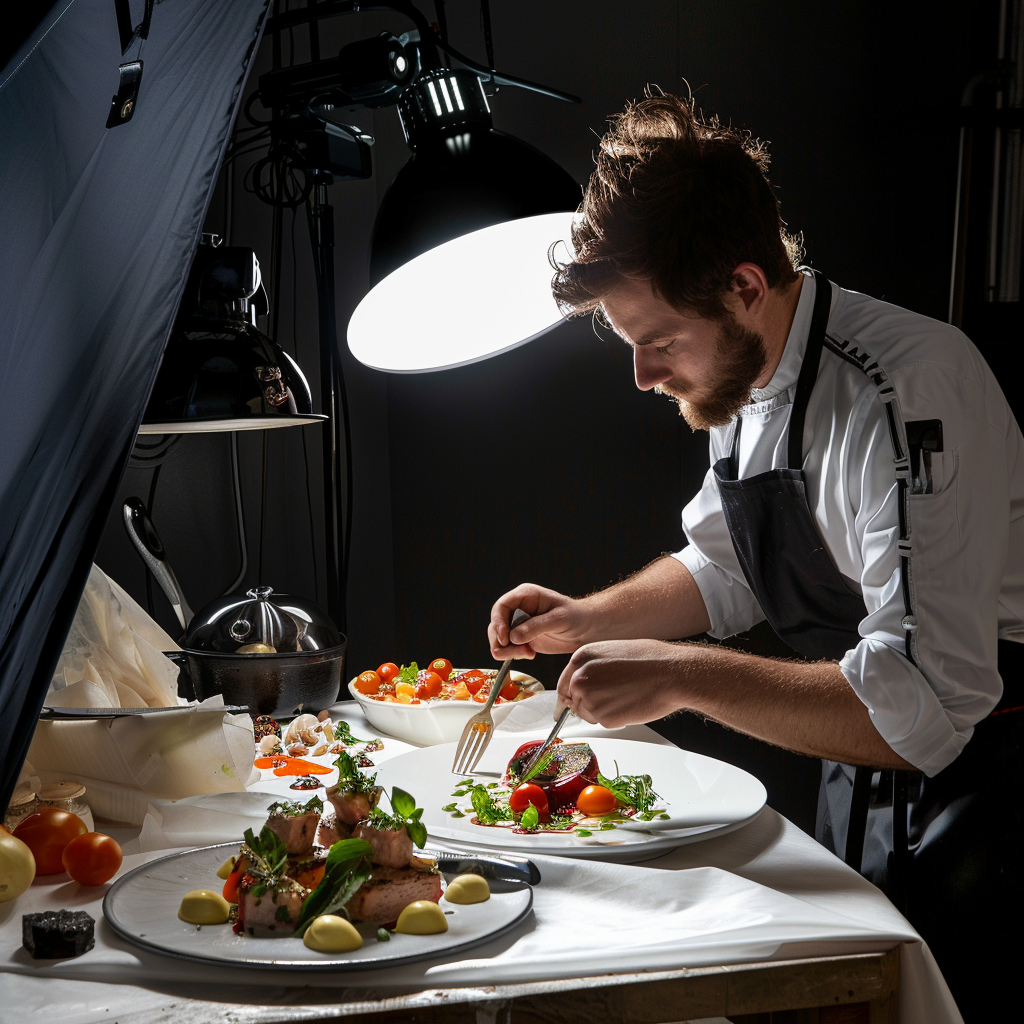
Starting a commercial food photography job means planning carefully. You begin by picturing the final look. This involves thinking about the brand, who you want to reach, and the campaign’s goals. Once these are clear, making detailed shot lists and storyboards leads the way creatively. It’s important to tell a good story about each dish to really grab future customers.
Finding the perfect venue comes next. The choice between a well-equipped studio or a real kitchen depends on the message you want to send. Good lighting is super important because it makes the food’s texture, color, and general look better in photos.
You can use fake lights for more control or natural light for a real feel. Either way, you have to get the brightness, angle, and softness just right. Test shots are taken to make sure all these parts work together to make the food look great.
Collaborating with Food Stylists and Chefs
It’s key to team up with talented Food stylists and chefs—they make sure the food looks amazing. These pros turn simple dishes into stunning ones. Food stylists carefully set up the ingredients and have tricks to keep everything looking fresh. For instance, they might brush on glycerin for shiny fruit or use a torch for that perfect sear on meats.
Their skills make sure the food looks good even close-up in high-res photos. Chefs bring their own important ideas about how a dish should be presented. Working together, they create the perfect mix of cooking skills and marketing needs.
Running the Show for Ads
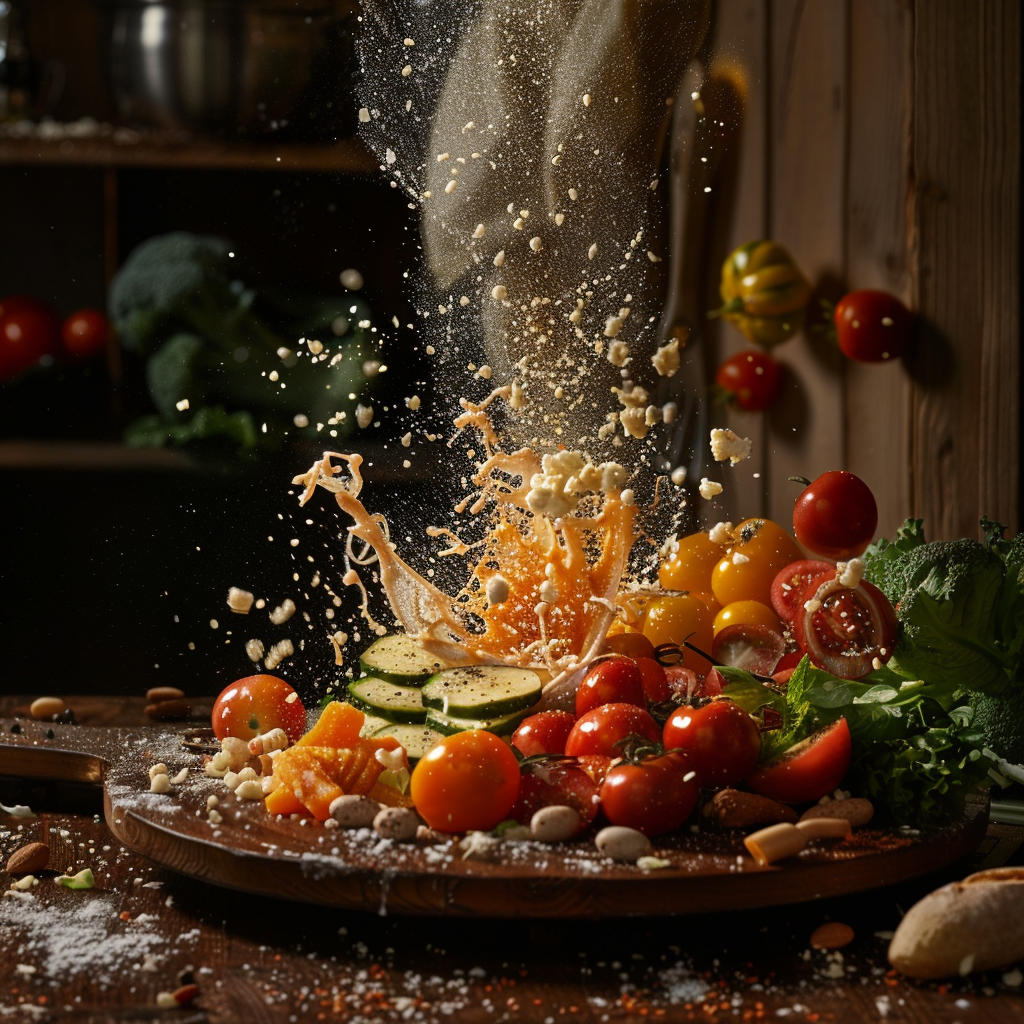
As the one in charge of the photoshoot, it’s important to keep our eyes on the prize: selling stuff. Each picture needs to have a story and showcase a product at the same time. The photographer has to wear many hats, like helping models look natural with the food and making sure each shot makes the dish look amazing.
It’s key to know when to be flexible and when to stick to the plan. Things change, new ideas pop up, and keeping everyone on the same page is crucial. Speedy approvals from clients help keep things rolling without letting quality slip.
A big part of shooting food for ads is making sure we’re not breaking any laws. Knowing what’s okay and what’s not helps us avoid trouble with false advertising. In the end, every photo gets checked carefully to make sure it’s just right—technically solid and looks super tempting.
If you want to get good at this kind of photography, check out what others have done. Looking at case studies can show you some smart moves you can try out in your own work.
What Makes a Hit
Looking back at past success stories can teach you a lot. Figuring out why some pictures really work—like how lighting, layout, and colors can make food look yummy—is important. It’s also about the feel of the picture and if it matches the brand well. Plus, staying on top of trends can show you what standards to aim for.
The Magic Behind the Scenes
Sneaking a glimpse at how a photo shoot happens can be really eye-opening. You might get to hear from photographers and their teams about how they came up with their ideas and pulled them off. They’ll talk about tricky spots they got into and clever ways they got unstuck. These stories can give you handy hints and some inspiration if you’re trying to make it in food photography.
The Tricks of the Trade
Looking closer at the tricks successful campaigns use can tell you more too. Whether it’s close-up shots that show off yummy textures or cool angles that give dishes a new twist, getting these skills down is vital. Picking out the right extras and settings so they help the food shine and not get in the way is also something that comes out in these studies.
Final Thoughts on Food Photography in Business
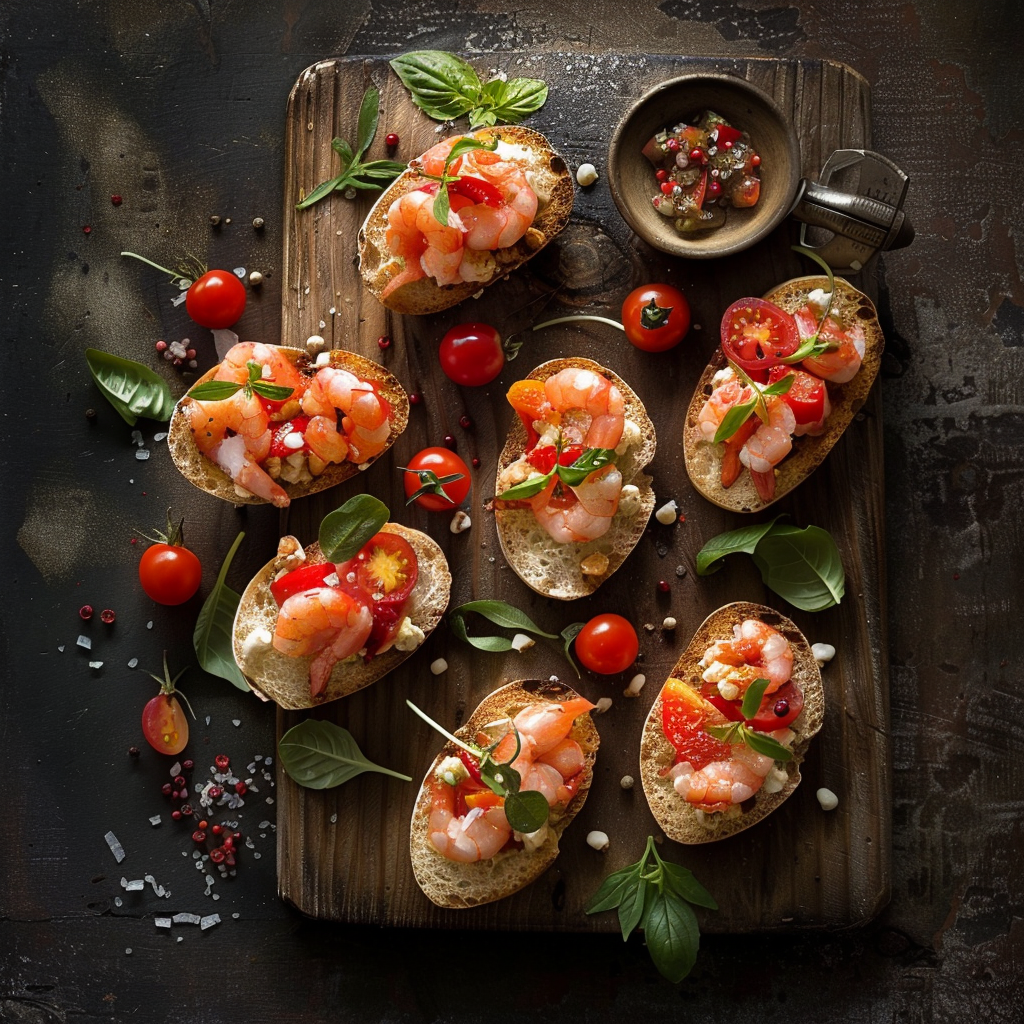
To sum up, studying examples of professional food photographs teaches you how to excel in this field. You’ll get ahead by understanding the fine details that make a marketing effort stand out and by learning what goes on behind the scenes. This knowledge helps you meet the needs of the photography industry while still allowing your own creativity to shine.
Kicking Around Copyright and Usage Rights
If you’re snapping pictures of food for money, it’s important to know who owns what. That’s where copyright comes into play. It protects your photos so nobody can use them without permission. But taking a good picture isn’t enough; you have to make sure you can use your photos for business. When photographers take on a job, they usually give some rights to their clients through a document called a license. This paper spells out how the client can use the photos, like where, in what ways, or for how long.
Getting a Handle on Sponsorship and Brand Rules
There’s also a rulebook for handling ads and brand mentions. These rules help keep advertising clean and honest. If you’re getting paid to show off a product in your photos, you’ve got to be clear about it. That way, everyone knows it’s an ad. And if you’re using brands in your shots, you often need to ask the brand owner first. If you don’t, you might step on someone’s trademark toes, and that could cause trouble.
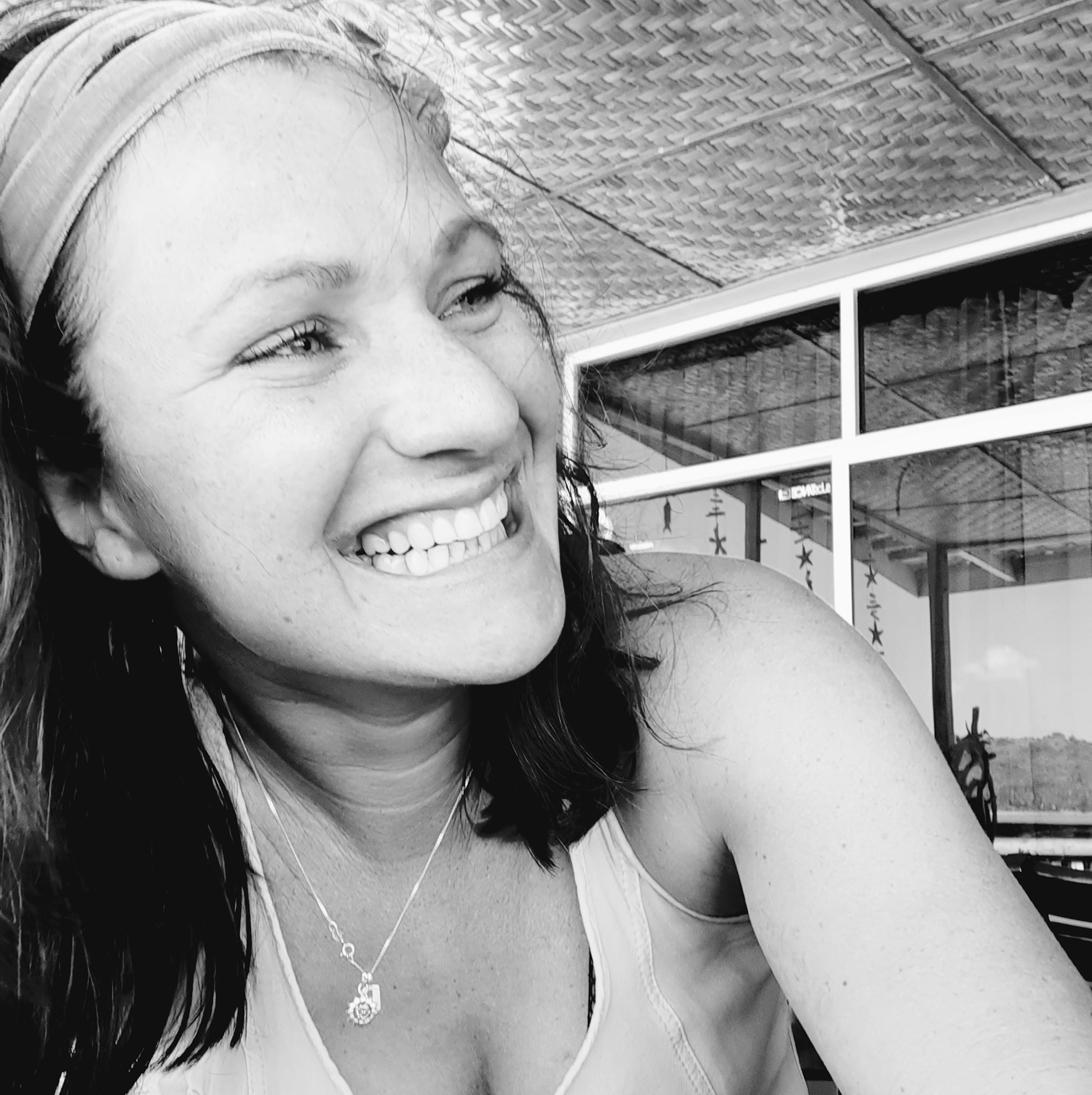
About Author
Rachel Noël is a professional photographer and videographer from the UK with over 10+ years of experience. Rachel specializes in Underwater, Tavel & Portrait photography among other areas.
